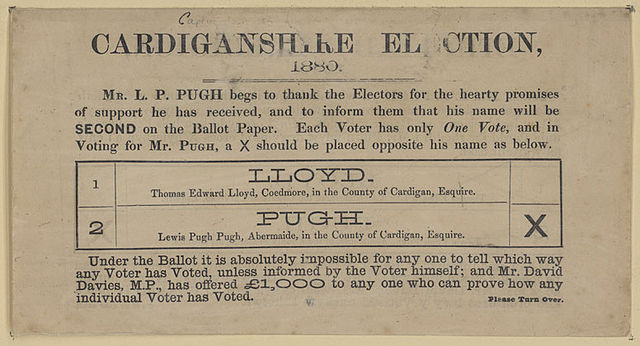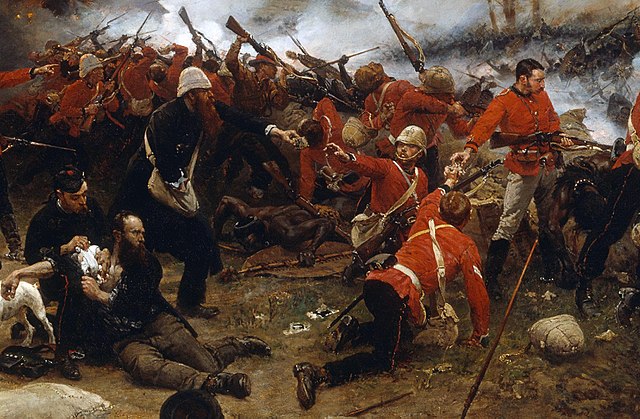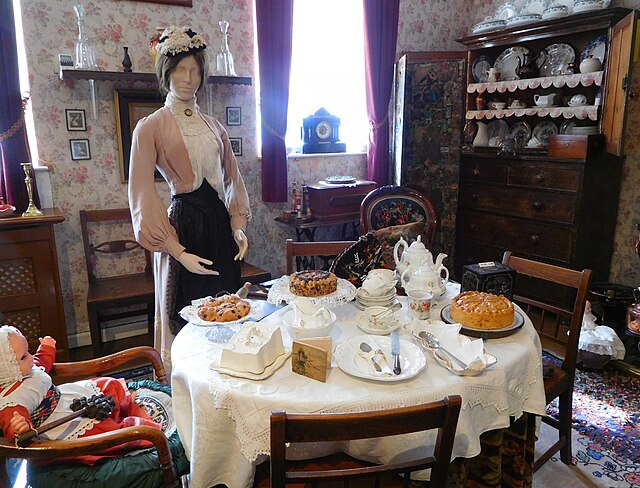Sir Charles Wheatstone, was an English scientist and inventor of many scientific breakthroughs of the Victorian era, including the English concertina, the stereoscope, and the Playfair cipher. However, Wheatstone is best known for his contributions in the development of the Wheatstone bridge, originally invented by Samuel Hunter Christie, which is used to measure an unknown electrical resistance, and as a major figure in the development of telegraphy.
Wheatstone, drawn by Samuel Laurence in 1868
Plaque marking a childhood house in Gloucester.
Wheatstone English concertina
Wheatstone in later years
In the history of the United Kingdom and the British Empire, the Victorian era was the reign of Queen Victoria, from 20 June 1837 until her death on 22 January 1901. Slightly different definitions are sometimes used. The era followed the Georgian era and preceded the Edwardian era, and its later half overlaps with the first part of the Belle Époque era of continental Europe.
Painting of Queen Victoria by Franz Xaver Winterhalter (1859)
Information circulated by the campaign of Lewis Pugh Pugh, a candidate at the 1880 general election in Cardiganshire (now known as Ceredigion), explaining to supporters how to vote.
Depiction of the defence of Rorke's Drift during the Anglo-Zulu War of 1879 by Alphonse de Neuville (1880)
Recreation of a Victorian parlour at Nidderdale Museum, Yorkshire








